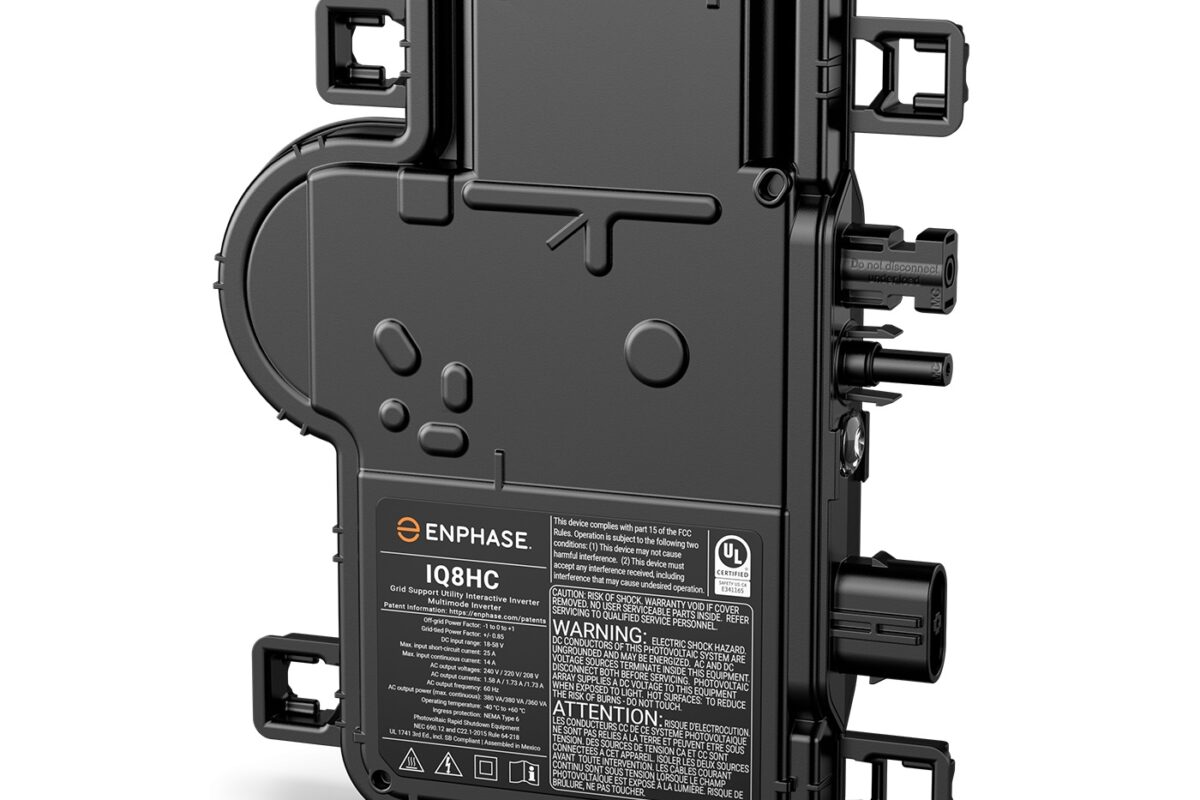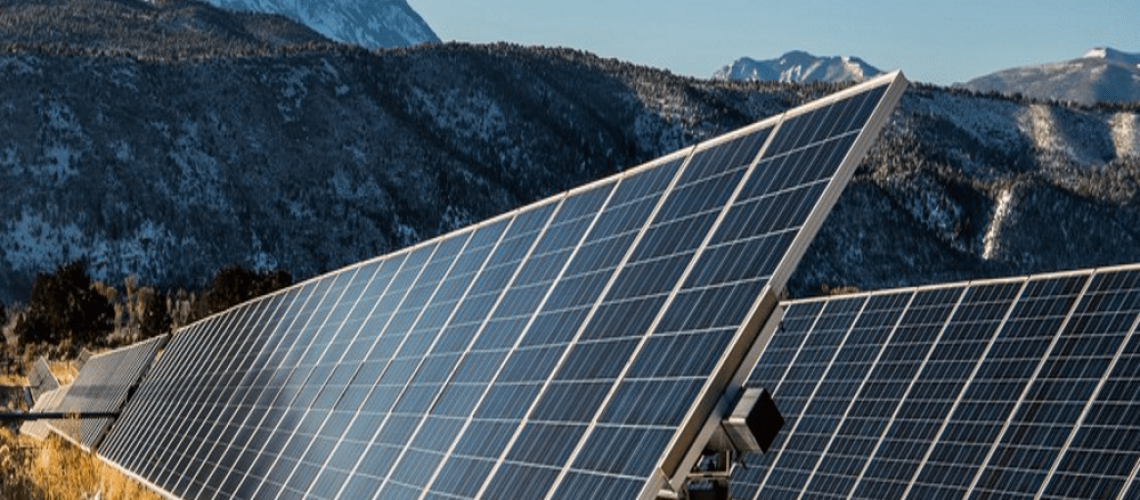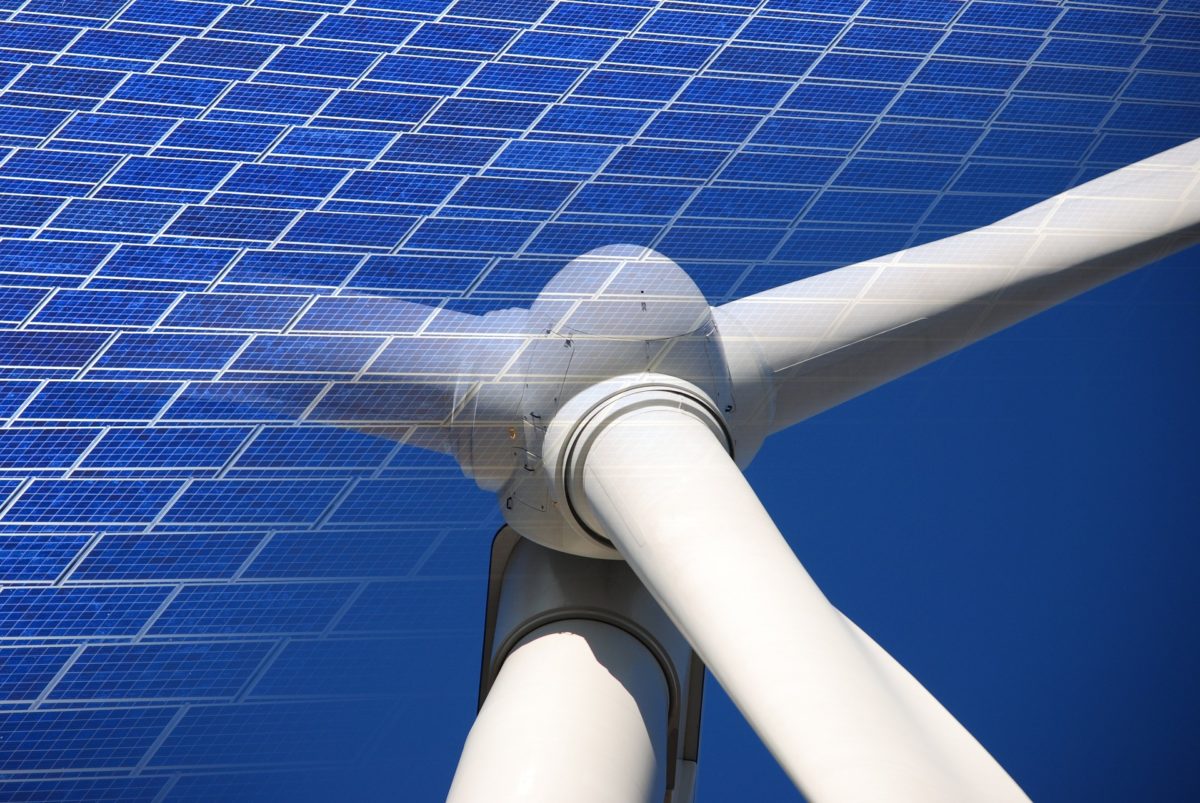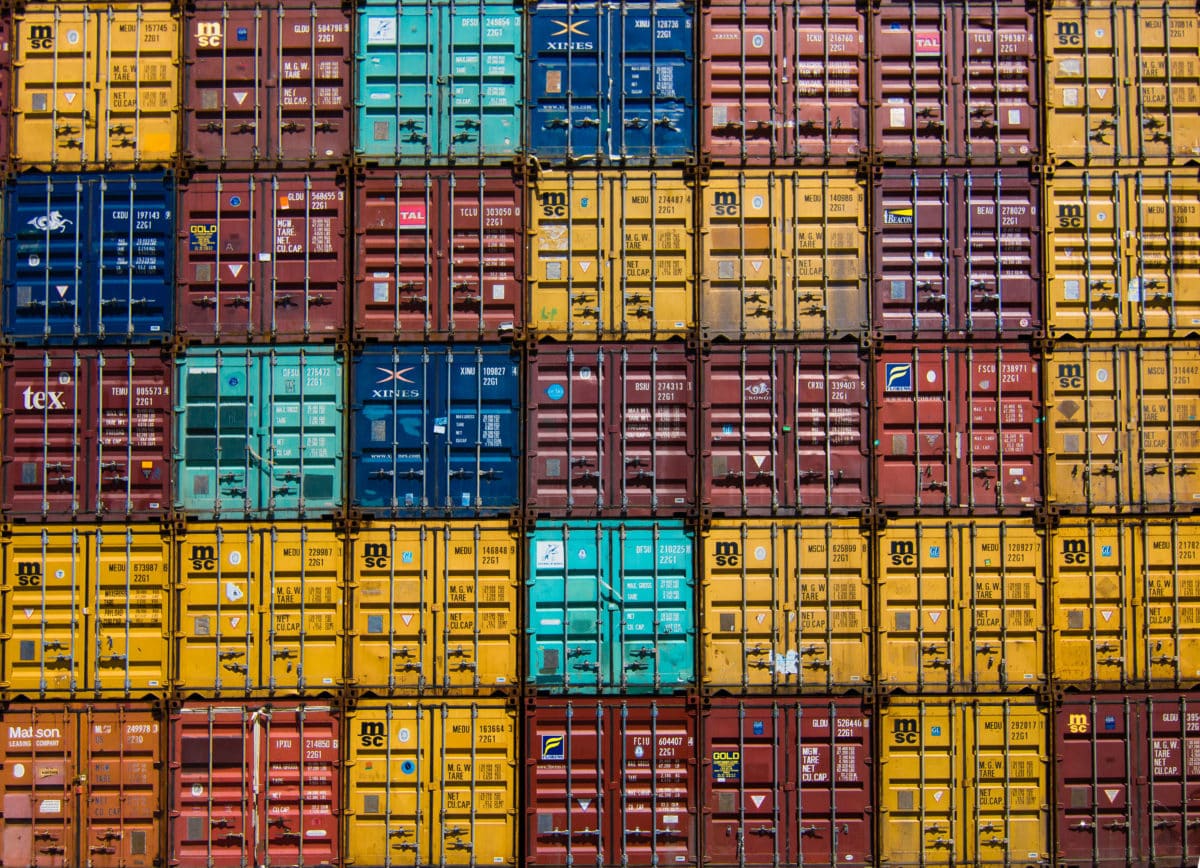I get it. I do. As stewards of U.S. taxpayer money, I understand the impulse behind a bipartisan group of senators’ introduction of the American Tax Dollars for American Solar Manufacturing Act.
Senators Jon Ossoff (D-GA), Sherrod Brown (D-OH), Bill Cassidy (R-LA) and Rick Scott (R-FL) introduced the bipartisan legislation to prevent “foreign entities of concern” companies from using American tax credits designed to accelerate American solar manufacturing. On the surface, it makes perfect sense. Why should U.S. taxpayers subsidize non-American companies in their quest to take advantage of the opportunities in the solar market in this country?
Here’s the rub: As with most legislation like this, it could have unintended consequences for the growth of the U.S. solar industry. As we look to stabilize the business side of the industry and energy costs for consumers, communities, municipalities, schools and businesses across the country, some of those consequences could do precisely the opposite of what its sponsors envision.
For example, the Solar Energy Industry Association (SEIA) announced in June that a record-setting 11 GW of new solar module manufacturing capacity came online in the United States during the first quarter. It was, according to SEIA, the largest quarter of solar manufacturing growth in American history—a massive increase of 71% in module manufacturing capacity.
This growth represents an enormous expansion since the passage of the Inflation Reduction Act (IRA) of 2022. I applaud all the efforts to expand solar manufacturing in the United States and support reshoring as much of the solar supply chain as possible. It’s crucial not only to the growth of the industry but to the economic imperative of safeguarding our energy supply from potential fluctuations shaped by world events out of our control. Without a secure, domestic solar supply chain, the industry will never be able to reach its full potential.
The problem facing most developers is that we still don’t have the manufacturing infrastructure to cut ourselves off entirely from Chinese module producers. Regrettably, the U.S. government has only recently recognized its potential to significantly contribute to the development of our solar module infrastructure. The decision by the U.S. Department of Energy (DOE) to award Qcells a $1.4 billion loan guarantee to build their all-inclusive factory system in Georgia reflects this changing attitude. However, most of the companies building U.S. factories are of Chinese origin, which is where the senators’ well-meaning legislation begins to falter.
While the companies building many of these factories are of Chinese origin, they are hiring real-world U.S. workers—and lots of them. Not only are they employing construction workers, electricians and other skilled tradespeople to build the factories, but they will also need U.S. workers to staff the factories once they are operational. Well-paying jobs stabilize communities and improve conditions for other workers in the area. In addition, the communities also benefit by increasing their tax base for schools and other public works.
Many communities where these factories are being built have missed job opportunities like these. To restrict these U.S.-based subsidiaries from building these factories and adding U.S. citizens to the payrolls would be an unintended instance of cutting off their noses to spite their faces.
Additionally, it will raise prices on modules significantly. According to Columbia University’s Center on Global Energy Policy, the costs of solar modules are already two to three times higher in the United States than in Europe. A recent study published in Nature estimates that cutting China out of supply chains increases solar module prices by 20 to 30% compared to a scenario with globalized supply chains. If prices rise too steeply, it could stall numerous ambitious solar projects in the pipeline and potentially force some developers out of business. That’s something the U.S. energy transition can’t afford.
China currently controls 80% of the polysilicon production, meaning we can’t remove China from our value chain. We simply don’t have the in-ground supplies of polysilicon that they do. Now, we can alleviate some of this reliance by using cadmium telluride modules, but we have to become comfortable with the idea of buying our raw materials from another country, the way we do with other consumer goods. Otherwise, the vital solar deployment in the United States is going to stall. Here’s what I mean:
Let’s say the proposed act becomes law, and we sharply reduce Chinese companies remaining in the U.S. market by restricting their access to IRA incentives as well as the ever-present tariffs on modules. Where does that leave us with U.S.-owned, U.S.-based module suppliers? Per the U.S. Department of Energy (USDOE) Solar Energy Technologies Office Solar Manufacturing Map, U.S.-based module production capacity is about 40 GW. Granted, this is a different number than what other organizations report, but it’s the U.S. DOE dataset I chose to use. Of that total, only 25 GW are produced by non-Chinese-owned companies. Strictly U.S.-owned, U.S.-based companies currently only produce about 11 GW.
The U.S. Energy Information Administration (EIA) projects the percentage of U.S. electric capacity additions from solar will grow from 46% in 2022 to 63% this year and 71% by next year. That means we will need about 66 GW of additional capacity by the end of next year. Since, again, according to U.S.DOE data, we only produce about 11 GW from U.S.-based, U.S.-owned companies, that means we will be 55 GW short of what we need if we limit ourselves to only U.S.-based, U.S.-owned companies. That’s going to significantly crimp our ability to deploy solar effectively in the United States.
I am all in favor of U.S.-owned, U.S.-based solar manufacturing, but who will bear the cost to get us there? The costs will come in many forms—fewer jobs for U.S. workers, higher electricity prices and slower solar development, just to name a few. The question before us is how to bridge the gap between our current capacity and where we need to go. Let’s lead by using the carrot of investing in U.S.-based, U.S.-owned companies instead of deploying a stick that reads, “No one else (well, just China as a foreign entity of concern, actually) is allowed into our market.”
The proposed law is simply another way to impose tariffs on Chinese companies without going through the formal tariff-imposing process. Like tariffs, the unintended consequences of this law will decrease overall solar deployment in the United States. In fact, it’s even worse than that: Not only will it constrict supply, but it will remove the incentive for foreign companies to invest heavily in the United States. Is it OK to tell the laborers, electricians, and other solar workers who are building arrays that their livelihoods must be put on hold because we simply don’t have the modules? I think not.
I feel for the senators in question. In a vacuum, where the economic imperative wasn’t so central to re-building an industry virtually from scratch, I might even be willing to meet them halfway. Unfortunately, we are all in the process of unwinding short-sighted U.S. policy from decades ago that allowed almost all solar production capacity to go off-shore (it’s often easy to forget, but the United States invented solar cells). This great unwinding means we need to focus on a “yes, and” approach.
Yes, we currently need more modules than U.S. producers can make and yes, the IRA is working well as we see additional U.S.-based investments by U.S. companies like First Solar. The IRA incentives are working, and replacement capacity investment is on the way. If we cut off a significant portion of our module supply, we risk again making a short-sighted policy decision that will erode the U.S. solar industry and slow our progress toward meeting our climate commitments. Let’s not have to rebuild our industry again.
Scott Buckley is president of Green Lantern Solar, a company that since 2011 has advanced the development, construction and operation of more than 125 community solar projects and commercial solar solutions for municipal, education, healthcare and government entities. Green Lantern works with landowners to revitalize and re-develop low-value sites such as brownfields, landfills, quarries/pits/extraction sites and other challenging real estate.
Popular content







